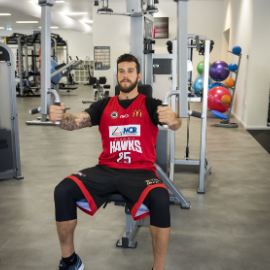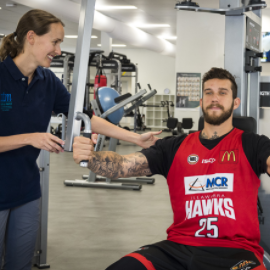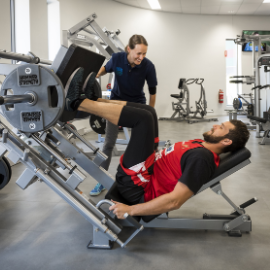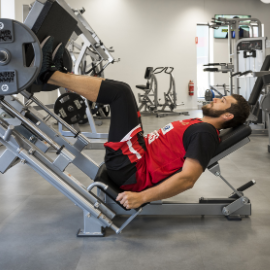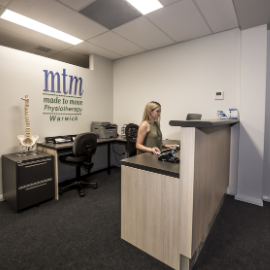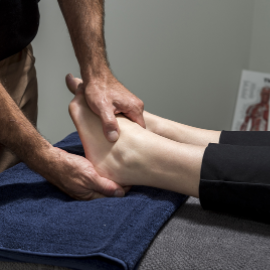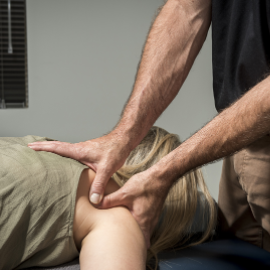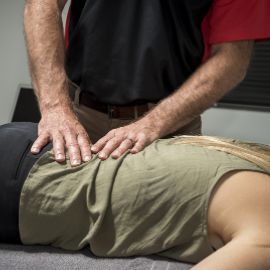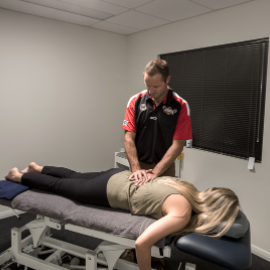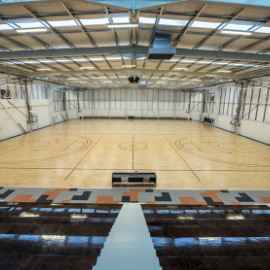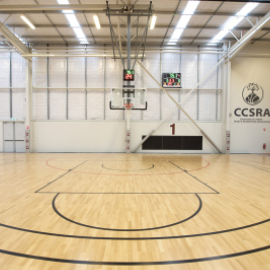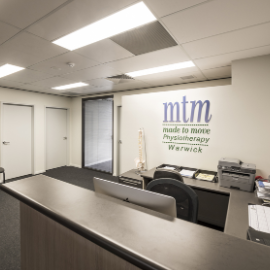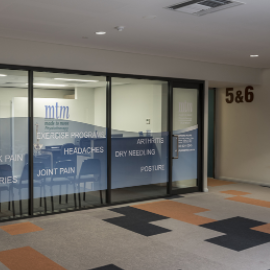Patella Femoral Pain Syndrome Blog Post
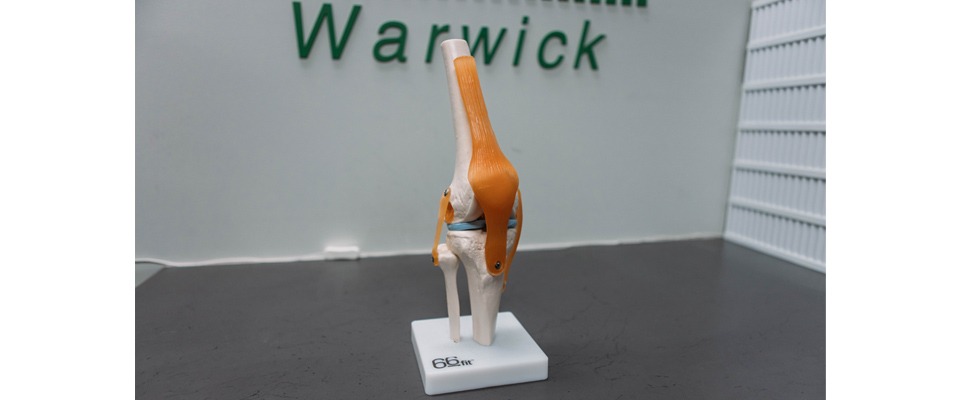
WHAT IS SORE
Patella Femoral Pain Syndrome (PFPS) is pain around or behind the patella that is aggravated by activities loading the knee joint… sounds complicated right? Let’s take it a step back and have a look at the anatomy of the knee joint.
The knee joint is where the long bone in your thigh (Femur) meets up with the main weightbearing bone of your lower leg (Tibia). The patella is a floating bone which resides inside the quadriceps tendon. This tendon crosses the knee joint to inset on the tibia. Patella femoral pain can be felt around or behind where the patella sits and articulates with the femur.
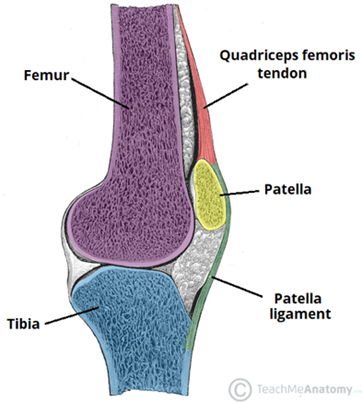
WHY IS IT SORE
If you experience this pain, it could be for several different reasons depending on your age and activity level. The main culprit of this pain starting is a spike in load going through the knee joint. Some examples include:
- Adolescents can experience PFPS if they are going through a growth spirt or have an increase in sport activity
- Young adults who have recently started a new job or university with increased time spent sitting can experience PFPS (sitting with the knee joint in flexion increases the load through the joint)
- Middle aged individuals who have increased their activity load may experience PFPS
- Older individuals with a history of knee pain or arthritis may experience PFPS
SYMPTOMS WHEN IT IS SORE
What does PFPS feel like?
- Pain around and/or under the patella
- Dull ache with sharp pain when loading the knee joint
- Pain aggravated by prolonged sitting or loading the knee joint
- Pain eased by avoiding aggravating activities and anti-inflammatory medication
TREATMENT
If you are experiencing this type of knee pain, do not despair! With the help of a physiotherapist, this pain is easily managed.
- First is managing the load through the knee joint to reduce pain and promote healing. This will look different depending on what your current activity levels are.
- Next is starting a gradual, targeted strength program to address weakness in the muscles surrounding the hip and knee joint.
- Then we will start to retain any sport specific movements required for your sport or activity such as jumping and landing for basketball or a return to run program for runners.
- Finally, we will set you up with an ongoing strength program to continue building strength to prevent the likelihood of this injury reoccurring.
If you are suffering from Patella Femoral Pain Syndrome and would like to get back to doing what you love pain free, please book in with one of our experienced Physiotherapists to get you on the right track.
Written by Molly Coventry (Physiotherapist at MTM Warwick)

Ask a physio
Not sure whether you are appropriate for Physiotherapy?
Fill out the form and one of our physiotherapists will be in touch with you within 24 business hours.
 +61 (8) 9246 4066
+61 (8) 9246 4066 Suite 1, 64 Arnisdale Road,
Suite 1, 64 Arnisdale Road, 
 reception@mtmphysio.com.au
reception@mtmphysio.com.au






